The periscope lens is actually kind of like a “I can use it, but you can’t” function.
In the discussion session after the release of the new phone, many fans or users will point out that there is no periscope telephoto lens, which is a bit disappointing.
Even if the needs of the users are great, the manufacturers are always good at picking and choosing, they choose a combination of various mid-focus and give up the periscope telephoto structure.
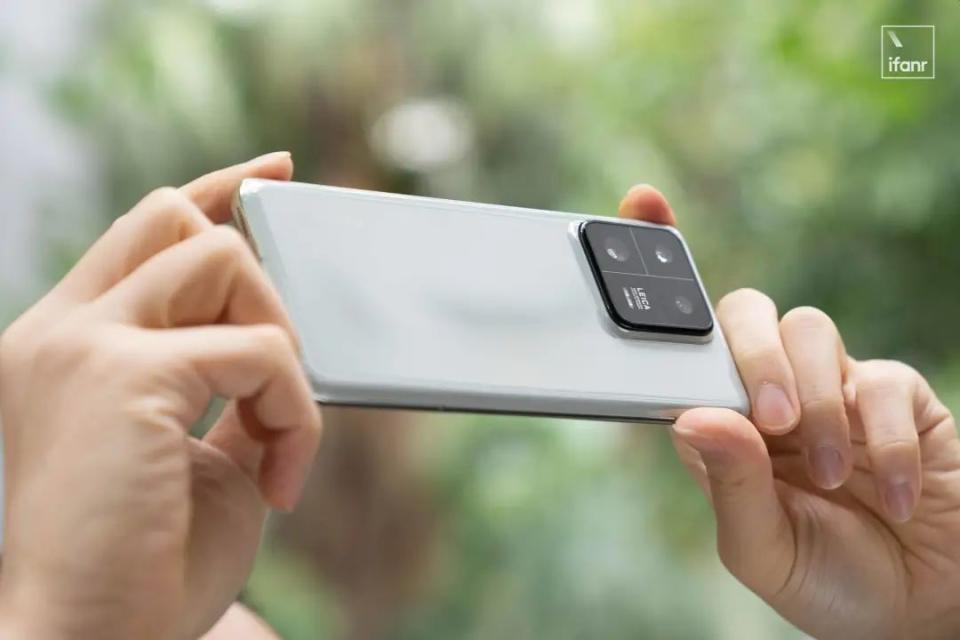
Even today, many products that claim to be the flagship of Android imaging do not actually have the so-called true periscope telephoto lens, most use a fixed-focus 3.x medium telephoto lens, which converts to about 70mm.
Overall, through digital cropping and algorithms, it almost covers the combination of 14mm ~ 70mm which is considered a “commonly used” focal length, and can cover most usage scenarios.
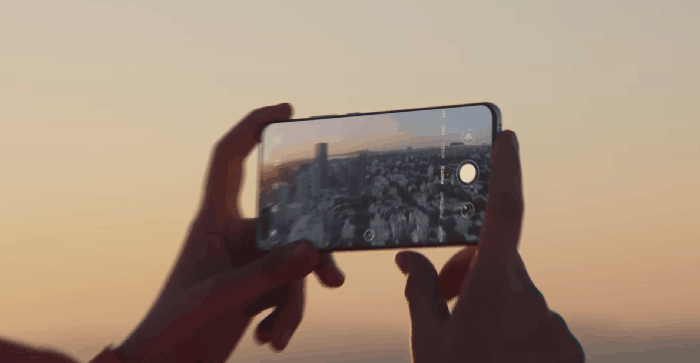
Looking back, the 5x and 10x optical zoom performance afforded by the periscope lens aren’t actually used as frequently as 2x and 3x, but they belong to the kind of “impressive” features that will make people fall in love with them once they use them.
Whenever users point out the need for a periscope telephoto lens, manufacturers always talk about the practicability of the mid-focus lens, as well as that it can offer better image quality, and the telephoto cropping is also sufficient for emergencies .
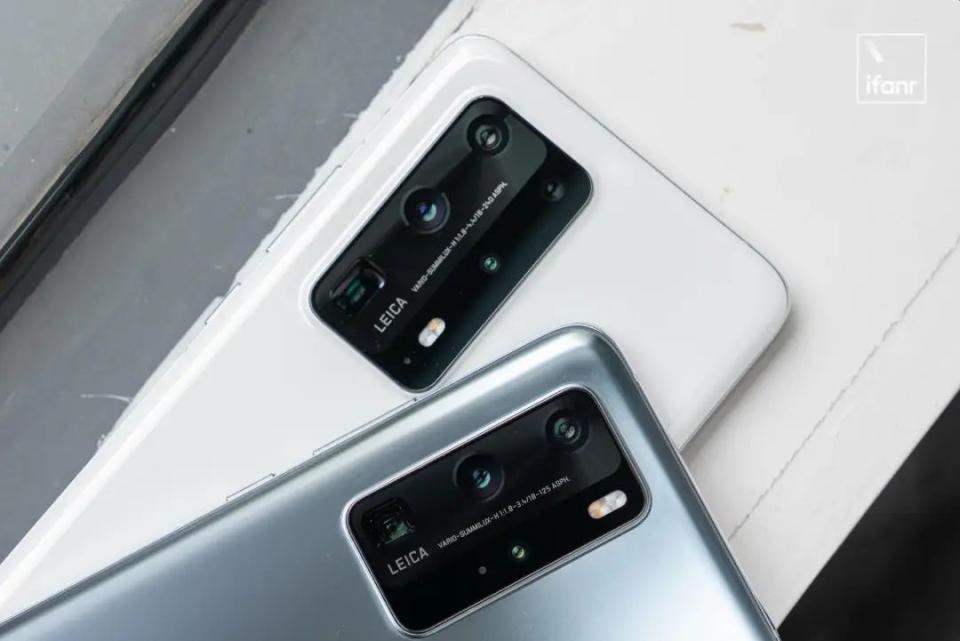
Indeed, the short-lived aspect of the periscope lens is ultimately a technical problem and a trade-off between the manufacturer’s low input and output.
With the one-inch main camera gradually becoming standard, the “smoke” of the periscope telephoto seems to rekindle.
Continuous, optical zoom, periscope structure
Since this is a “technical” problem that prevents the periscope lens from entering the homes of ordinary people, let’s solve it technically.
On the eve of CES 2023, the once world-famous mobile phone maker LG announced a miniaturized lens element that supports stepless optical zoom.

▲ The picture of the real continuous light variable periscope lens element comes from: LG
It supports four to nine times continuous optical zoom (about 90 ~ 200mm equivalent focal length), and LG has also packed OIS optical image stabilization into this small component, which greatly improves the usability of the telephoto lens.
In addition, the basic specification of LG telephoto lens element is about 12 million pixels, size 1/2.93 inch, and the aperture range is F2.2~2.9.
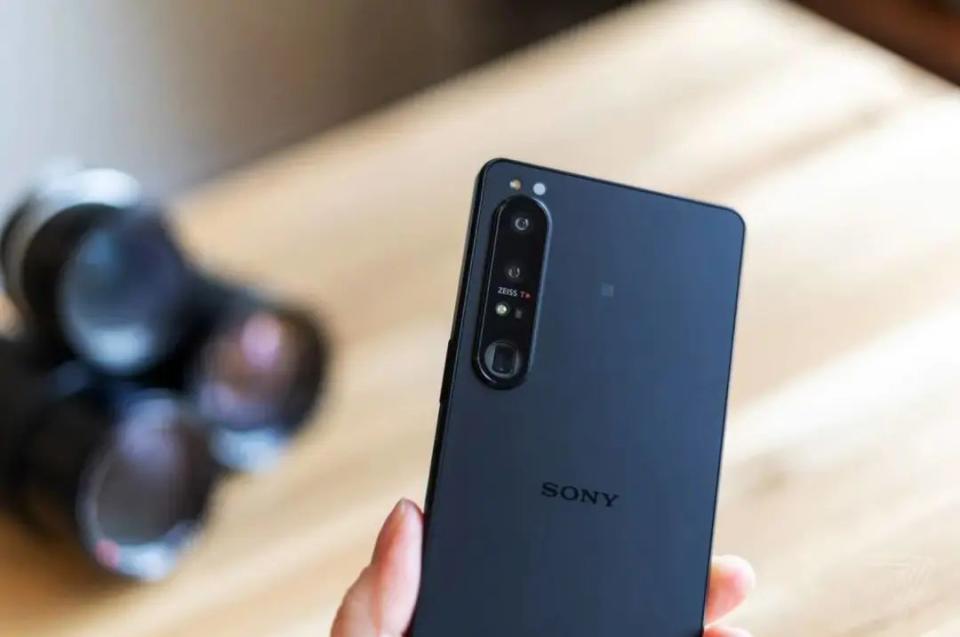
▲ Sony Xperia 1 IV Image from: theVerge
And LG also said that the 85mm~125mm optical zoom lens in Sony Xperia 1 IV was the older version of the new component solution announced today.
The periscope lens of Sony Xperia 1 IV is currently the only mass-produced version that supports optical continuous change. However, the Xperia series has become a niche choice, and the optical continuous change aspect has not caused much trouble.
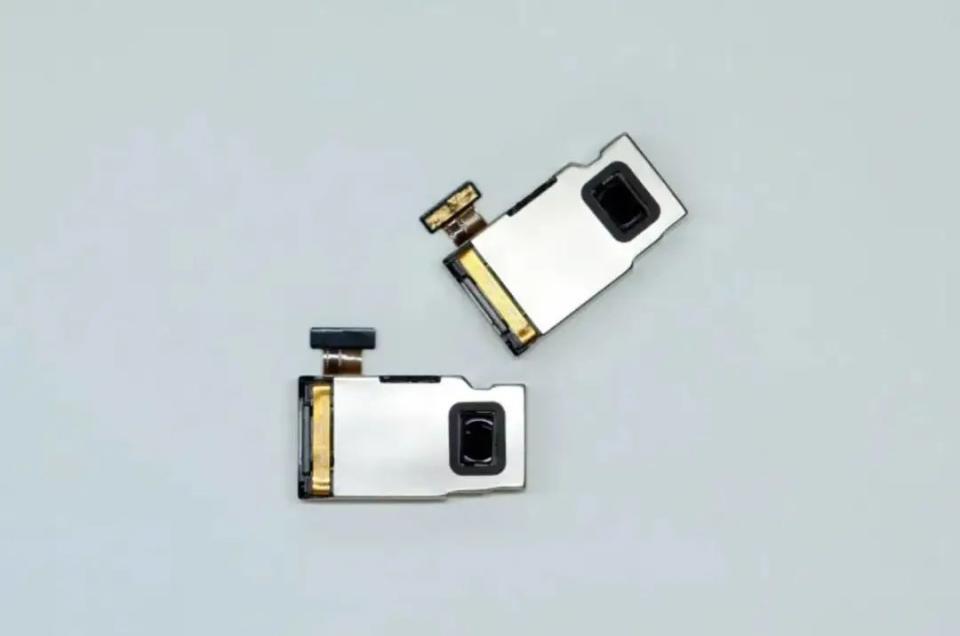
▲ Image from: LG
And LG, as a supplier, obviously doesn’t want products developed with a lot of money buried. This time, LG found Qualcomm directly and cooperated with it, completing the integration on the Qualcomm Snapdragon 8 Gen 2 platform, including 3A algorithms, autofocus and other features.
In addition, LG will also announce the next manufacturer partner at CES, hoping to use Qualcomm’s hands to quickly mass-produce it and push it to major Android manufacturers.

One is to increase the market share of LG lenses, and the other is to popularize “true optical zoom” in the mass market.
It can be seen from the pictures of LG’s new lens elements released to the public that its volume is well controlled, and LG also points out that the optical zoom module contains a movable lens group, which can quickly perform focusing operations. and fine zooms and compared to The previous solution (presumably in the Xperia 1 IV) reduced power consumption and provided better clarity.
Judging from the Xperia 1 IV as a mass-produced reference, its size, image quality and zoom performance are actually not much different from traditional periscope lenses. LG’s new solution is enough to look forward to.
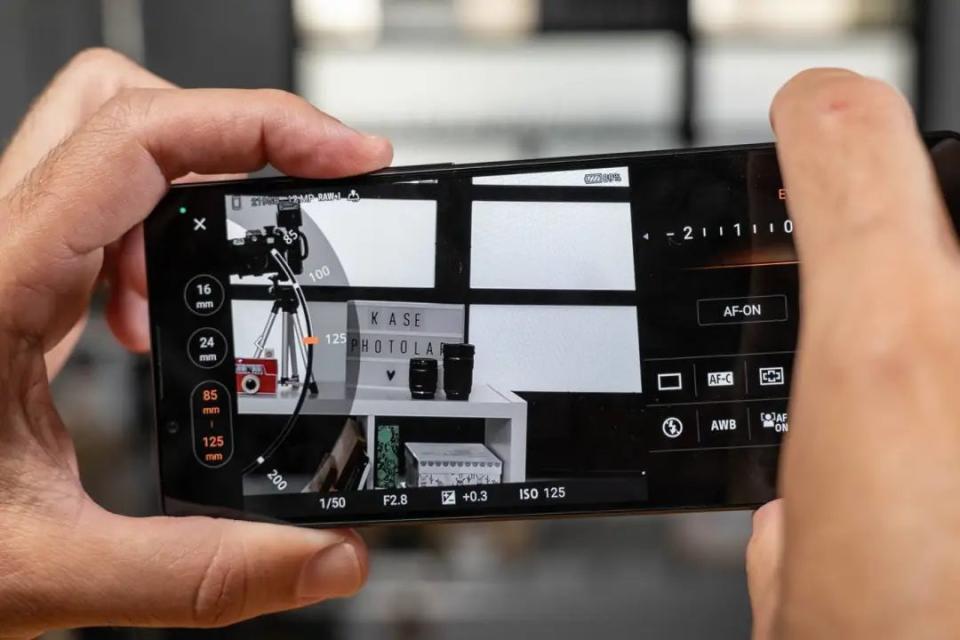
Next, let’s look at CES: LG’s next announced mass production plan won’t rule out first appearing on Samsung or Sony products, according to the refresh frequency of domestic manufacturers, they will have to wait until the middle of the year soon, or in the second half.
Sure, there have been rumors that the iPhone 15 could introduce a periscope assembly, but that might not be the public version of the plan LG is now announcing, and it’s not ruling out customizing one for the iPhone.
Looks like the periscope lens is on the eve of the explosion.
Continuous zoom, perfect for smartphones
Even a few years before the periscope lens became almost standard, the zoom on the cell phone was actually a relay of multiple fixed focus and algorithmic cropping.
When switching, the “relay” algorithm is tested a lot: white balance, color and different angles, etc., require experience and algorithms to balance.
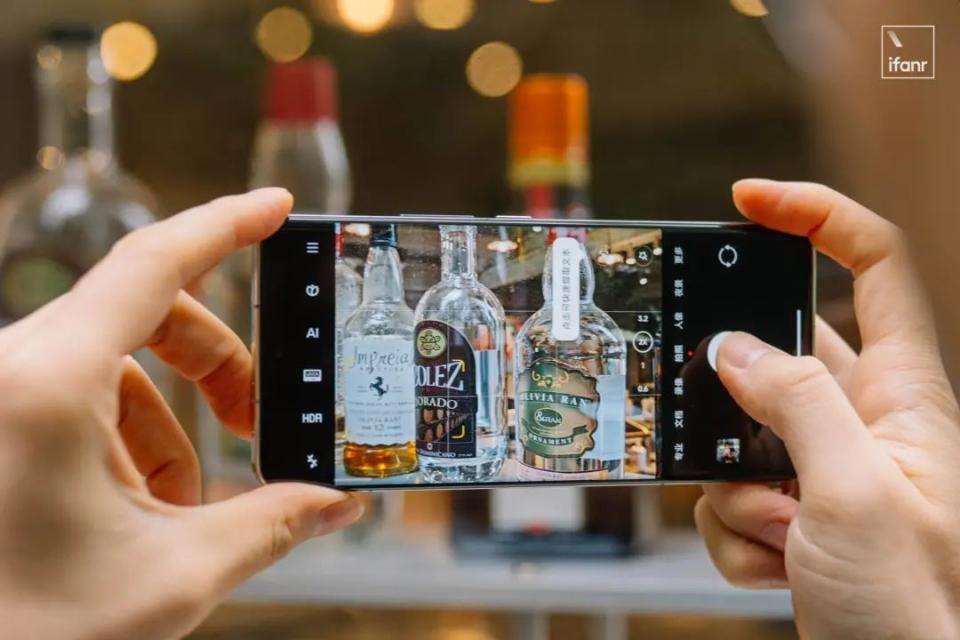
Also, due to the quality of different lenses, in low-light or high-light scenes, it is easy to have different color orientations at different focal lengths.
The continuous change of light can actually solve the algorithm flaws very well. Before the Xperia 1 IV, ASUS ZenFone Zoom, Samsung Galaxy K Zoom and other products have also introduced lenses that can continuously change the light.
Leaving aside the quality of the lens, the level of imaging and the experience, the huge group of optical lenses is actually a bit too powerful.
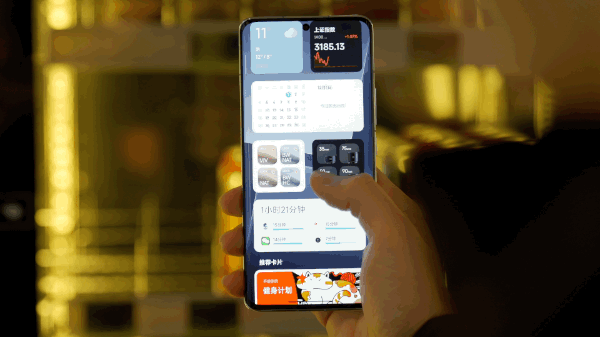
▲ There is no continuous light change, forming the habit of using multiple fixed focus
But now DC digital paper machines gradually replaced by smartphones generally also have a stepless optical zoom lens, which can cover the photographic scene as much as possible.
The current Android flagships, in order to have better image quality, have used a 1-inch floating ceiling image sensor, and the body thickness has also been increased to a considerable thickness.
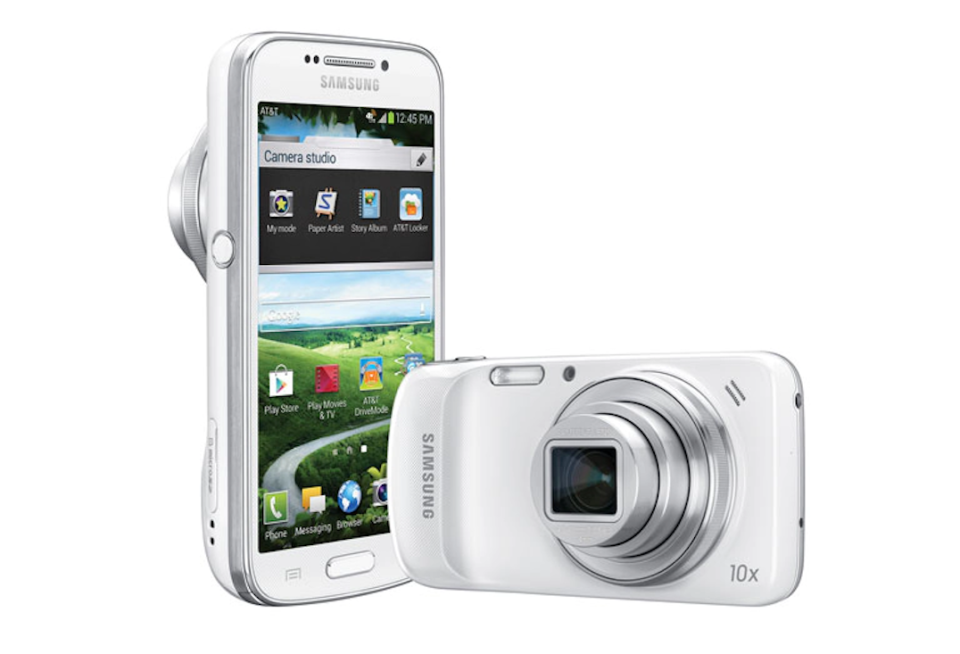
▲ It is best to call a digital camera that can make calls
Relatively speaking, the periscope lens should actually have enough space, but they still choose a telephoto lens of about 3 times, and work together with the algorithm to complete the so-called super telephoto shot.
In fact, their consideration is still an input-output ratio: when you introduce a periscope lens larger than 5x, it’s still fixed focus, while 2x and 3x lenses are more prone to being complemented by digital cropping.
Relatively speaking, the mid-telephoto solutions of Android manufacturers, compared to the unprecedented advances of the main camera, are actually quite stagnant, still hovering at the levels of a few years ago.
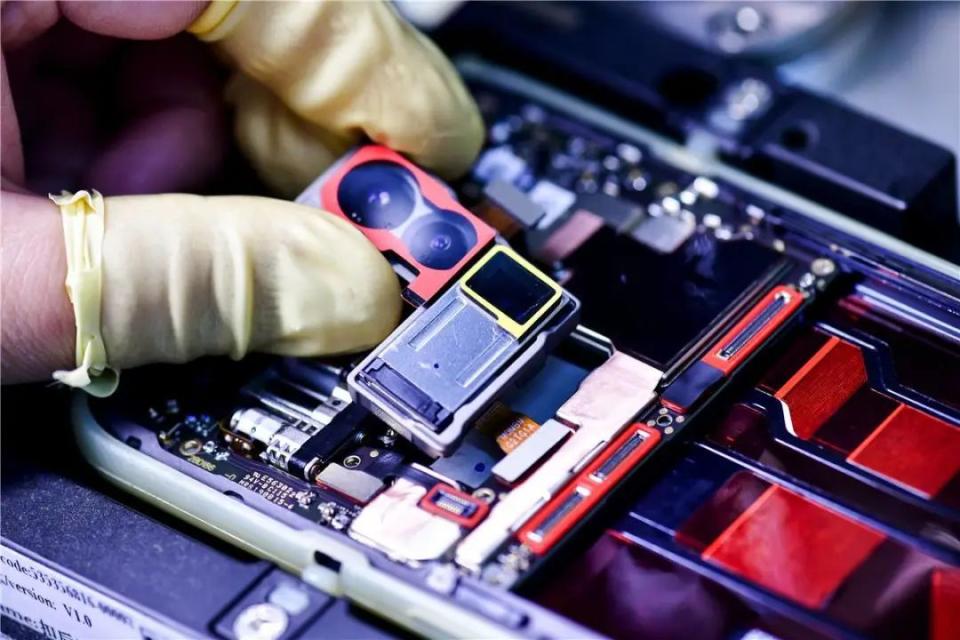
▲ The three-camera module of the OPPO Reno 10x zoom version
When you experience the new round of Snapdragon 8Gen2 this year, it is more occupied by the high-quality main camera and some interesting lenses, and the high-magnification zoom brought by the Huawei P30 Pro’s 10x zoom was shocking, it has been missing since a lot of time.
This time, the true optical zoom lens brought by LG, although its sensor is still small, is a big improvement over the last few years of the periscope telephoto lens.
Especially for smartphones that are meant to act as a “panacea”, it’s a perfect match.
Continuous optical variable lens, right in the arms of video creation
However, the continuous optical zoom lens also has a non-negligible durability issue, which LG has not mentioned in this regard.
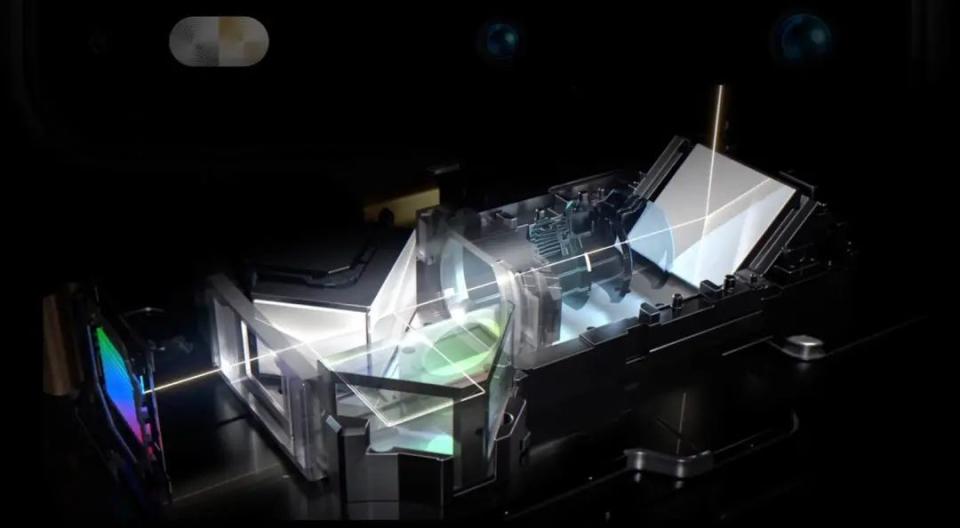
In Allison Johnson’s review of the Sony Xperia 1 IV, similar concerns were expressed: even with the IP68 rating, there are still doubts as to whether the zoom lens can cope with daily vibration, shock or wear and tear.
But Sony did not directly answer Johnson’s question. Just like the traditional optical zoom lens, it can easily complete the basic waterproof and dustproof protection, but it does not support shockproof, and the internal active focus lens group is quite fragile.

▲ In the blind test of the well-known blogger MKBHD, Xperia 1 IV scored very well
But at the end of the article, Johnson directly called Sony’s introduction of “optical zoom” in the Xperia 1 IV a feat, although in practice there are still many limitations.
Configurations close to traditional camera lenses are gradually appearing in smartphones, which is actually a technological advance.
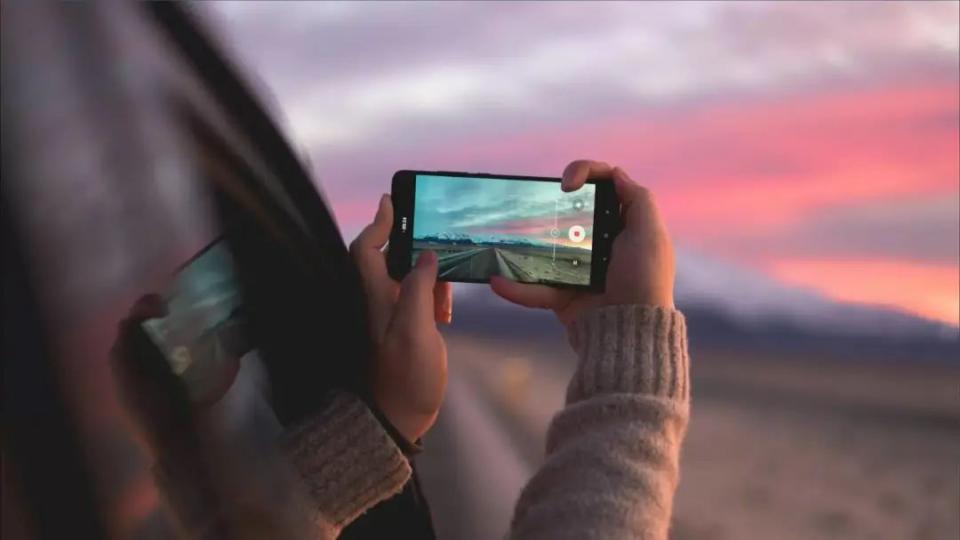
And LG, which has proposed and implemented it, also said in the press release that it “will consolidate its strong position in the market for cell phone camera modules.” Deep collaboration with Apple.
The current iPhone image performance improvement mainly revolves around the “camera” function, rather than taking pictures as the main factor. The emergence of light flux is relatively more suitable for video applications, which can bring one continuous and smooth zoom and cooperate with the algorithm provides a shallower depth of field.

The continuous optical zoom lens can enter the market quickly, one is to release the demand for the original telephoto lens, and the other is to create a new function.
What I have encountered so far, LG undoubtedly hopes to use technology upgrades to release the previous demand for telephoto. For manufacturers, it may be difficult to use telephoto to become rigid demand. According to the characteristics of the continuous optical change, to create a It is only with new features that it is possible to transform continuous light into a real explosion.
This article is from WeChat public account“APPSO”(ID:appsolution)Author: Du Yuanbin, 36 Krypton is authorized to publish.
This article is published with permission and does not represent the location of 36 Krypton.
In case of reproduction, indicate the source. Source: 36 krypton